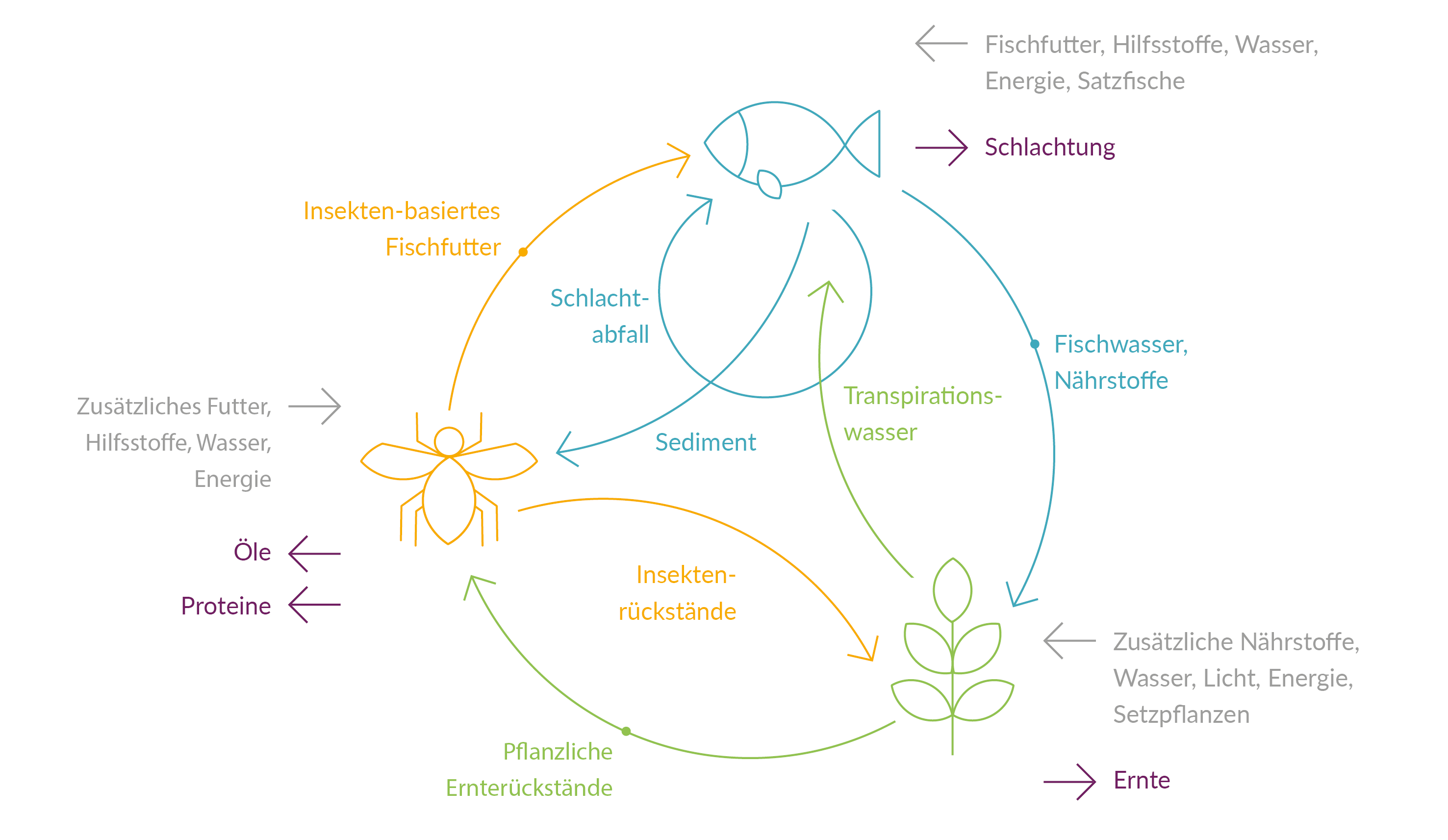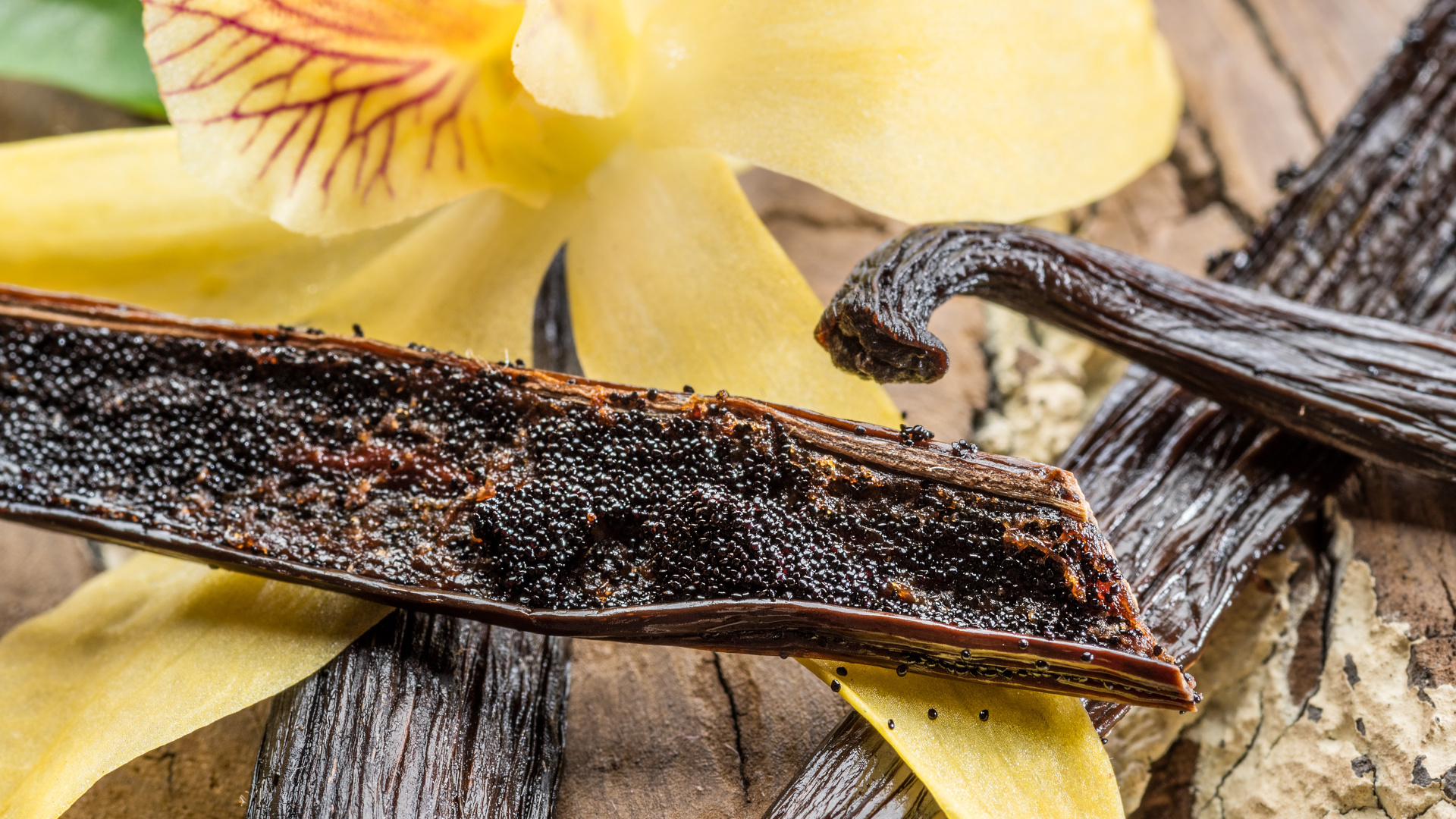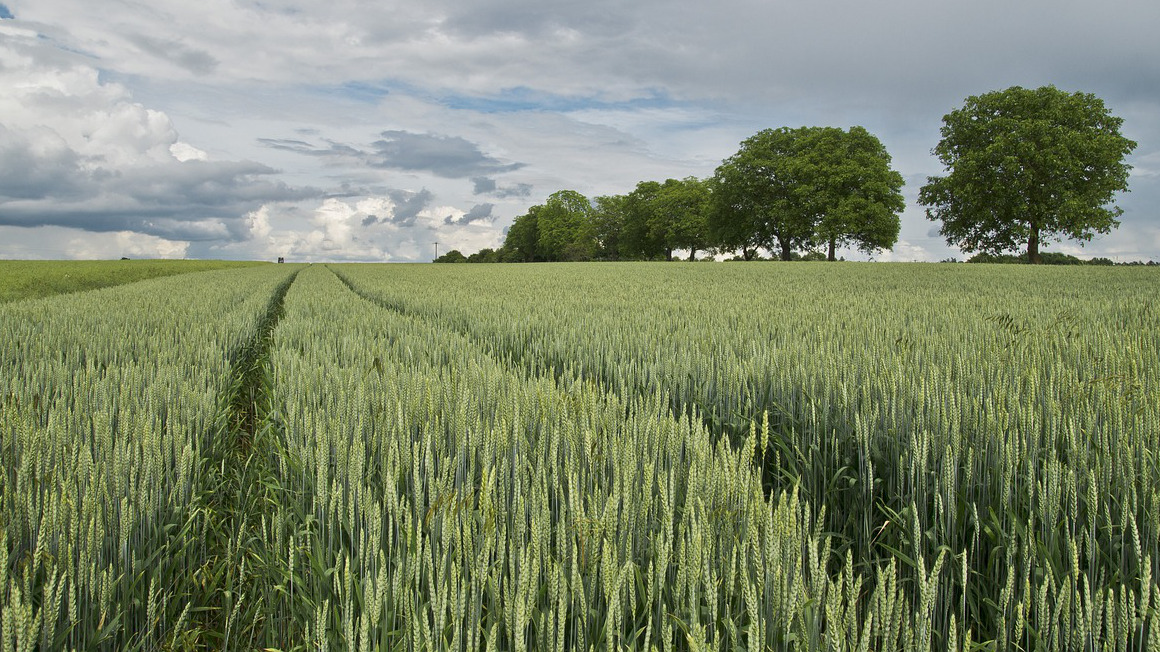Current agricultural systems are faced with a dilemma: on the one hand, they are essential for the supply of food, but on the other hand, they are partly responsible for climate change and biodiversity loss. An interdisciplinary team from various research institutes wanted to change this. With CUBES Circle, the consortium has created a cycle-based system that is integrated into an urban infrastructure and links different production systems with one another. This has created “the world's most sustainable intensive agricultural system concept”, says project coordinator and spokesperson Christian Ulrichs from Humboldt-Universität (HU) zu Berlin.
The CUBES Circle joint project entered its second funding phase in November 2024 and is being financed by the Federal Ministry of Education and Research (BMBF) with 6.7 million euros until July 2028 as part of the Agricultural Systems of the Future funding measure. A total of 13 partners from research and industry are involved.
Food production in a container
Nature is a network in which many cycles are interwoven. These can cancel each other out or reinforce each other. The CUBES Circle team is specifically analyzing and using these mechanisms to reuse residual materials from one cycle in another. “There is no waste per se in nature, but a waste material is always a valuable material for someone else,” explains Ulrichs. At the moment, three trophic levels - the different stages in a food web - are connected in the CUBES Circle: Plants as primary producers, insects and fish as consumers. All levels are independent agricultural production systems for human food. Production takes place in so-called CUBES. “They serve as the smallest unit of a scalable production system,” explains Ulrichs. If several systems are networked together, it is a CUBES Circle.
Natural production in a high-tech system
“It is a high-tech system and at the same time the most natural production imaginable,” reports project coordinator Christian Ulrichs. The high-tech circulation system works like this: The plant remains are fed to the insects, the remains from the insect production are fed to the fish and the nutrient and energy-rich fish water then feeds the plants. This is the main cycle - but according to Ulrichs, there are also other cycles within the system: "We can use the CO2 that the fish and insects exhale as fertilizer in the greenhouse. In turn, we try to make the nitrogen compound from the insect container available to the plants."

There are also other potential cycles outside the existing system. The team is constantly examining which residual materials from other industries, such as bio-waste heat from poultry production, could be used.
From catfish to chickens and earthworms
The three production areas and their crops have currently been determined: tomatoes as a plant, the black soldier fly as an insect and tilapia as a fish. However, the project team is constantly looking at what can still be optimized within the system. “Initially, we worked with a catfish, but there is a trade-off for every culture,” explains Ulrichs, who is also head of the Urban Ecophysiology of Plants department at the HU. This is why the researchers are constantly testing new cultures and different combinations in the demo plant. For example, the group would like to switch insects to the tomato hornworm or the desert locust: “The black soldier fly is a robust organism, but unfortunately it doesn't like tomato residues.” The researchers are experimenting with strawberries, water celery, cabbage, peppers and even cannabis - as a source of protein and food for the insects.
In order to be able to reliably record and analyze research data, a maximum of one crop per year should be changed in the CUBES Circle. Theoretically, the production areas can also be changed and interchanged many times. According to Ulrichs, this is also the long-term idea: "Instead of insects, for example, chickens or earthworms. Animal welfare always plays an important role - not just for fish, but also for insects." Due to the high level of complexity, the three areas will remain for the time being.
The system is to be continuously improved, including resource efficiency and environmental compatibility. A team at Chemnitz University of Technology is therefore measuring energy, water and material balances. Material usage parameters are also included in the sustainability assessment by the Technical University in Braunschweig.
CUBES Circle - Future Food Produktion
More information on the joint project and the project partners can be found on the CUBES Circle project website.
Click here for the project website
Tasting tomatoes for social acceptance
The CUBES Circle system has long been in demand from potential investors and companies. However, a few more years of research are needed to put the system into practice: “We have the proof of concept, but our blueprint is not yet ready,” says Ulrichs. The aim is to set up a larger system at one location within the next three years.
At the same time, the system needs to be brought more into society because, according to Ulrichs, the acceptance of circular systems is still in its infancy. That is why the team is planning a public tasting in a Berlin restaurant in 2026. Here, the team is working together with the Technical University of Munich. Another challenge is that the insects produced in the system are not yet recognized and approved as novel foods in Germany, although the animals are important sources of protein for the future.
Despite the hurdles, the CUBES Circle project coordinator is convinced: "I believe that it will be a very important step for future agricultural systems. At some point, nobody will say that I only grow one product and accept the residues as waste." Ulrichs assumes that although circular systems will not replace the entire agricultural industry, they will make up the majority of food production in the future.
Author: Lea Holzamer


